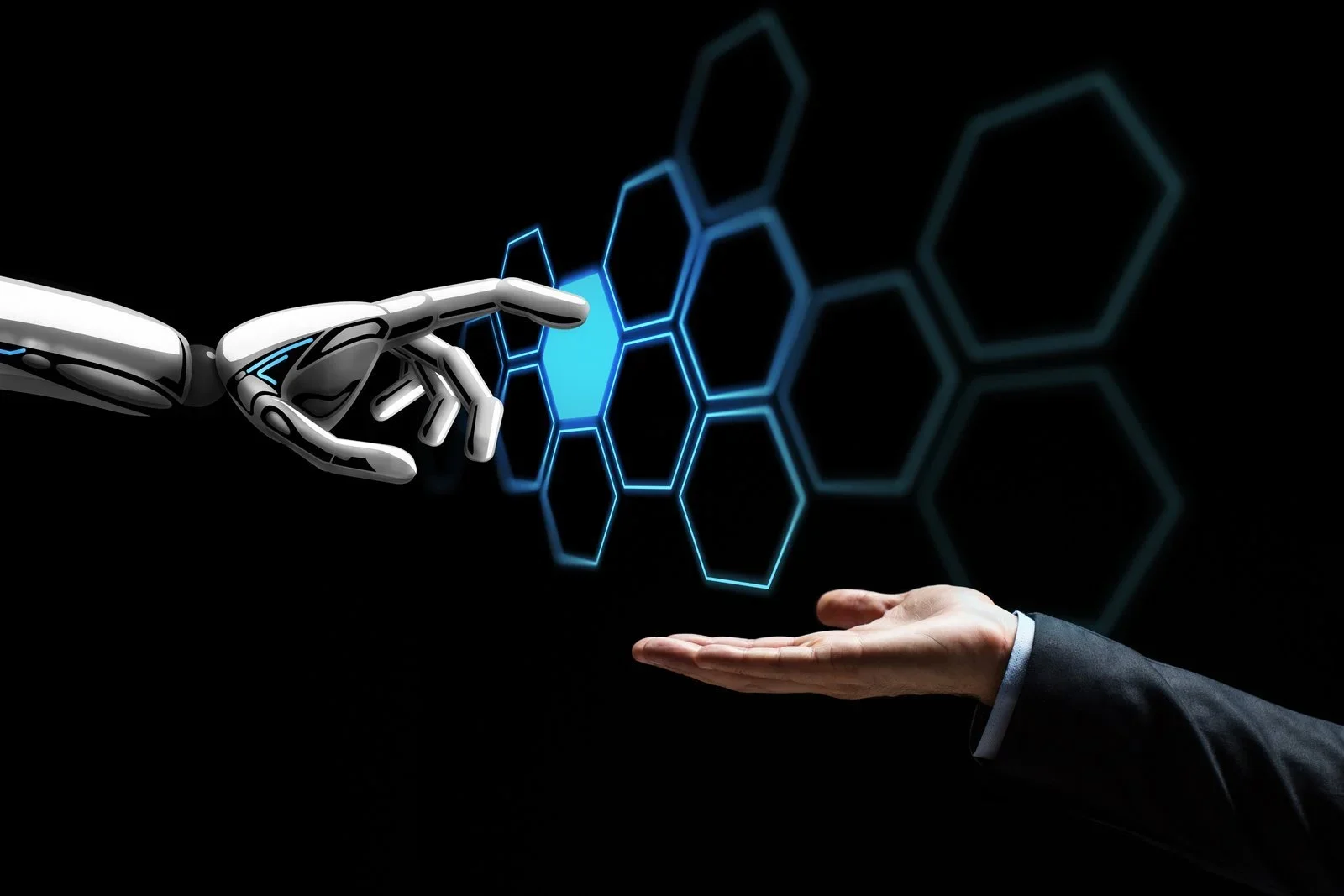Navigating the New Digital Divide: AI in the Office
For senior managers and decision-makers, the time to reflect on this impending divide is now.
The term "digital divide" evokes images of a vast chasm between technological haves and have-nots. Historically, this divide manifested itself primarily in terms of hardware. The initial phase was a divide of affordability and access, where in a typical office setting, decisions revolved around whether an employee received a mere terminal or the more advanced IBM PC with terminal emulation capabilities. The gulf between the capabilities of dumb terminals and personal computers was vast; PCs were dynamic tools for the mind, whereas terminals were mere access points.
Fast forward to today, and we're on the brink of a new digital divide, one that promises to be even more profound. With tech giants like Microsoft integrating artificial intelligence into their office suites, businesses are presented with a dilemma. At a cost of an additional $20-30 per employee, which staff members warrant the investment into this AI augmentation? This is no mere update; AI offers enhanced productivity, deeper insights, and an overall richer work experience. Yet, it's improbable that organizations will provide every employee with this sophisticated tool. Such a situation might even prompt employees to pose an intriguing question: "Can I fund my own AI enhancement?" It’s an unprecedented scenario, hinting at the desire of workers to remain competitive and relevant.
For senior managers and decision-makers, the time to reflect on this impending divide is now. As AI continues to reshape the corporate landscape, organizations must strategize on its equitable distribution. The potential for disparities in access to such technology could lead to significant productivity and knowledge gaps within teams. Moreover, considering the scenario where employees are willing to self-fund, how would HR respond? Organizations are urged to prepare and have answers ready. After all, in an era where technology is intimately tied to job performance, the right decisions today could define the success of tomorrow.
Back to the INSIGHTS catalog
About Jack Frost Design
We’re entering an era of astonishing change—where AI isn’t just a tool, it’s a shift in how work gets done. At Jack Frost Design, we help organizations ride that wave with confidence. With five decades of experience guiding clients through digital upheaval, we now focus on preparing Microsoft 365 environments for the Copilot era—where structure, clarity, and training turn potential into momentum.
We don’t tame the future. We help you ride it—with your hands on the reins.
👉 Discover how we make Copilot real-world ready: jackfrostdesign.com/why-safe-zones
👉 Take the 1-minute Strategy Fit Test: jackfrostdesign.com/strategy-fit-test
👉 Join an upcoming webinar: jackfrostdesign.com/webinars
Follow us for insight, clarity, and Copilot strategies that scale:
🔗 LinkedIn | 🐦 Twitter/X | 📺 YouTube
#AISafeZones #StrategicRelationalAI #EnterpriseAI #AIAdoption #CopilotReady #Microsoft365 #GovernanceMatters #JackFrostDesign #DigitalTransformation #LandingZones

